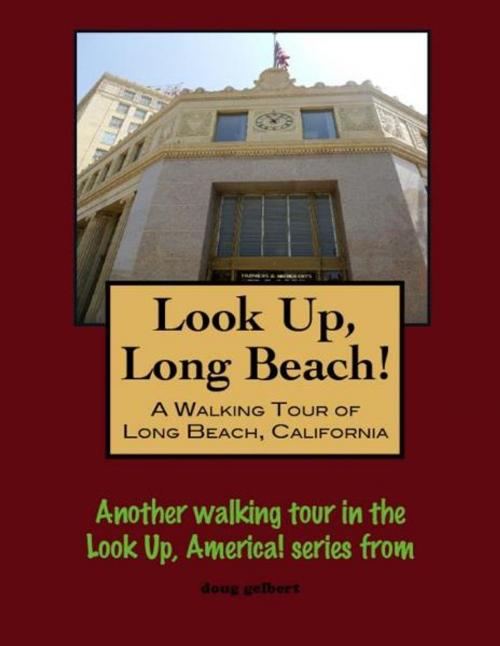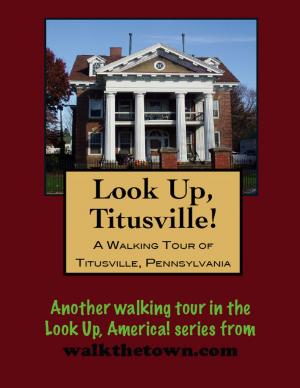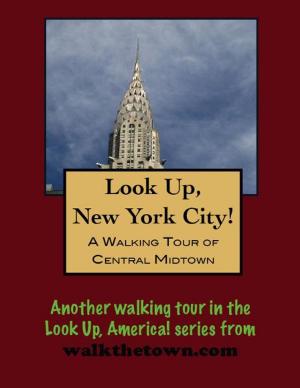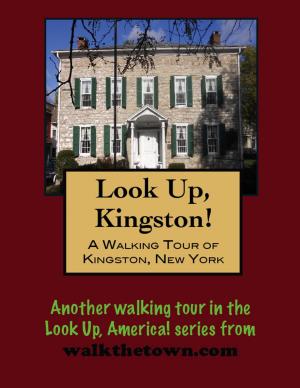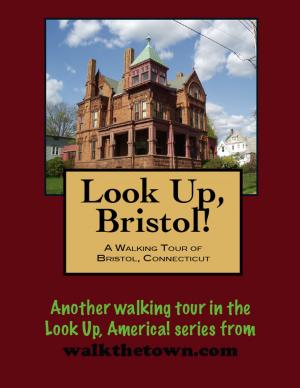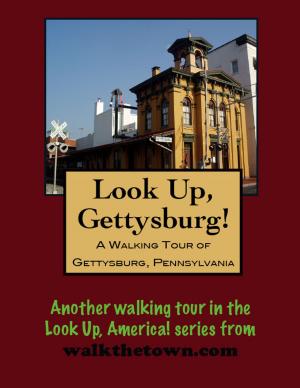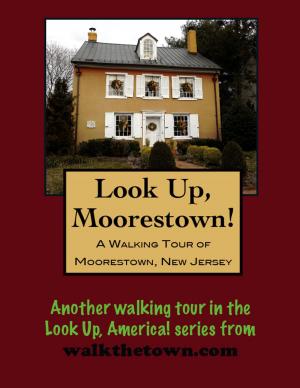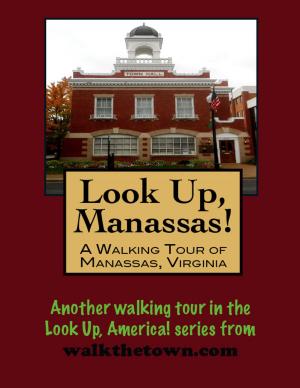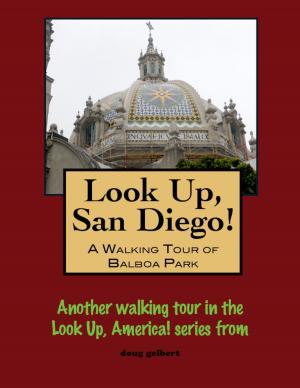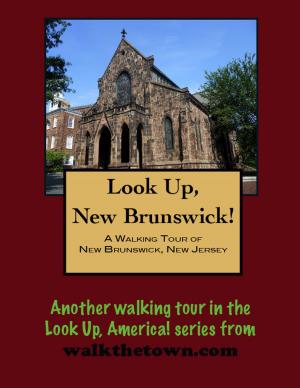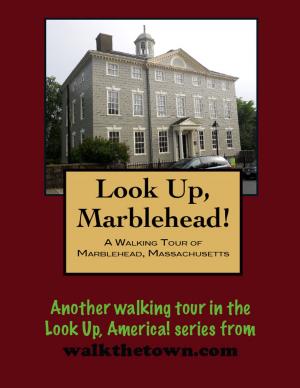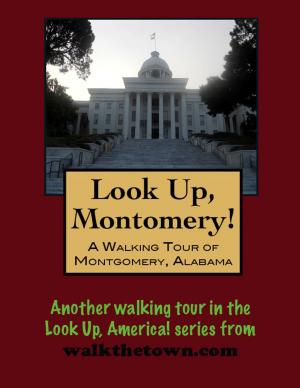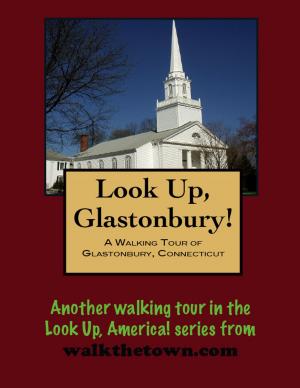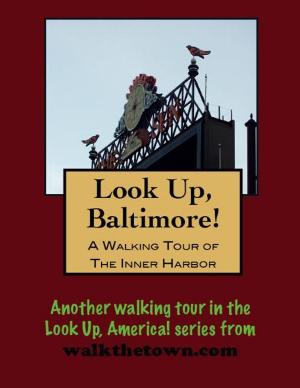Look Up, Long Beach! A Walking Tour of Long Beach, California
Nonfiction, Travel, United States, West, History, Americas| Author: | Doug Gelbert | ISBN: | 9781476290638 |
| Publisher: | Doug Gelbert | Publication: | August 2, 2012 |
| Imprint: | Smashwords Edition | Language: | English |
| Author: | Doug Gelbert |
| ISBN: | 9781476290638 |
| Publisher: | Doug Gelbert |
| Publication: | August 2, 2012 |
| Imprint: | Smashwords Edition |
| Language: | English |
There is no better way to see America than on foot. And there is no better way to appreciate what you are looking at than with a walking tour. Whether you are preparing for a road trip or just out to look at your own town in a new way, a downloadable walking tour is ready to explore when you are.
Each walking tour describes historical and architectural landmarks and provides pictures to help out when those pesky street addresses are missing. Every tour also includes a quick primer on identifying architectural styles seen on American streets.
W.E. Willmore, an Englishman, was the first to dream in Long Beach. Only he called it Willmore City in 1880 when he took an option on 4,000 acres and carved it into farming lots of 5, 10, 20 and 40 acres and advertised the land for between $12 and $20 an acre. For $100 Willmore would pepper your property with 70 orange trees on each acre. The venture failed and Willmore was gone by 1884.
The Long Beach Land and Water Company, a consortium of Los Angeles businessmen, picked up the property and kept Willmore’s street plan while improving the water system, constructing a wharf and hotel and starting a horse-car line to the seashore. They called the resort town Long Beach and people came. Some even stayed and the population climbed to over 500 by the end of the century. When the Pacific Electric Railway line extended to Long Beach in 1902 things really took off.
Writers reporting on Long Beach enthused that it was the “most attractive coast town in the State.” A seaside amusement park with an ocean plunge and rollercoaster was a big draw while other scribes gushed that “there are beaches and beaches; but in the whole of North America there is not another like the magnificent twelve-mile beach, of almost imperceptible slope, hard and smooth as a floor, which stretches from San Pedro to Alamitos Bay.”
Long Beach was booming but also transforming. The Los Angeles Dock and Terminal Company began dredging channels and building jetties to carve out a large navigable port. In 1921 one of America’s richest oil fields was uncovered on Signal Hill and Long Beach was a full-blown port city - today it is the second largest container port in the United States.
Progress was rudely interrupted at dinnertime on March 10, 1933 when a tremor in a fault in the ocean off Newport Beach rattled the town and collapsed many poorly constructed masonry buildings and 120 people died. After picking itself up Long Beach went right on expanding into the general urban malaise of the 1970s, growing into one of America’s 50 largest cities. In those 1970s the Pike, the historic oceanside walkway, was ripped up, formally closing the books on the city’s days as a “beach town.” New attractions to bring back visitors to the ocean included the arrival of the RMS Queen Mary and Howard Hughes’ wooden airship, the Spruce Goose, that was the largest flying boat ever built. Where the Pike used to meander Formula One race cars began running in the Grand Prix of Long Beach. Started in 1975, it is now the longest running major street race in North America. The Aquarium of the Pacific arrived in the 1990s.
The cityscape of Long Beach has been shaped by the earthquake generations ago and recent downtown renewal. Few buildings remain from before World War I but we will seek them out and see new ones on our walking tour that will begin at the feet of someone who has seen it all come and go since he arrived in 1915...
There is no better way to see America than on foot. And there is no better way to appreciate what you are looking at than with a walking tour. Whether you are preparing for a road trip or just out to look at your own town in a new way, a downloadable walking tour is ready to explore when you are.
Each walking tour describes historical and architectural landmarks and provides pictures to help out when those pesky street addresses are missing. Every tour also includes a quick primer on identifying architectural styles seen on American streets.
W.E. Willmore, an Englishman, was the first to dream in Long Beach. Only he called it Willmore City in 1880 when he took an option on 4,000 acres and carved it into farming lots of 5, 10, 20 and 40 acres and advertised the land for between $12 and $20 an acre. For $100 Willmore would pepper your property with 70 orange trees on each acre. The venture failed and Willmore was gone by 1884.
The Long Beach Land and Water Company, a consortium of Los Angeles businessmen, picked up the property and kept Willmore’s street plan while improving the water system, constructing a wharf and hotel and starting a horse-car line to the seashore. They called the resort town Long Beach and people came. Some even stayed and the population climbed to over 500 by the end of the century. When the Pacific Electric Railway line extended to Long Beach in 1902 things really took off.
Writers reporting on Long Beach enthused that it was the “most attractive coast town in the State.” A seaside amusement park with an ocean plunge and rollercoaster was a big draw while other scribes gushed that “there are beaches and beaches; but in the whole of North America there is not another like the magnificent twelve-mile beach, of almost imperceptible slope, hard and smooth as a floor, which stretches from San Pedro to Alamitos Bay.”
Long Beach was booming but also transforming. The Los Angeles Dock and Terminal Company began dredging channels and building jetties to carve out a large navigable port. In 1921 one of America’s richest oil fields was uncovered on Signal Hill and Long Beach was a full-blown port city - today it is the second largest container port in the United States.
Progress was rudely interrupted at dinnertime on March 10, 1933 when a tremor in a fault in the ocean off Newport Beach rattled the town and collapsed many poorly constructed masonry buildings and 120 people died. After picking itself up Long Beach went right on expanding into the general urban malaise of the 1970s, growing into one of America’s 50 largest cities. In those 1970s the Pike, the historic oceanside walkway, was ripped up, formally closing the books on the city’s days as a “beach town.” New attractions to bring back visitors to the ocean included the arrival of the RMS Queen Mary and Howard Hughes’ wooden airship, the Spruce Goose, that was the largest flying boat ever built. Where the Pike used to meander Formula One race cars began running in the Grand Prix of Long Beach. Started in 1975, it is now the longest running major street race in North America. The Aquarium of the Pacific arrived in the 1990s.
The cityscape of Long Beach has been shaped by the earthquake generations ago and recent downtown renewal. Few buildings remain from before World War I but we will seek them out and see new ones on our walking tour that will begin at the feet of someone who has seen it all come and go since he arrived in 1915...
